Provide an appropriate response.Find the sum: 5 kg + 15 g + 563 dg
A. 71.305 g
B. 10.78 g
C. 5,071.3 g
D. 583 dg
Answer: C
You might also like to view...
Solve the problem.At noon, ship A was 15 nautical miles due north of ship B. Ship A was sailing south at 15 knots (nautical miles per hour; a nautical mile is 2000 yards) and continued to do so all day. Ship B was sailing east at 5 knots and continued to do so all day. The visibility was 5 nautical miles. Did the ships ever sight each other?
A. No. The closest they ever got to each other was 5.7 nautical miles. B. No. The closest they ever got to each other was 4.7 nautical miles. C. Yes. They were within 3 nautical miles of each other. D. Yes. They were within 4 nautical miles of each other.
Sketch the graph of f(x). Determine the domain, range, and the equation of the horizontal asymptote of the function.f(x) = ex - 4
A. Domain: (-?, ?), range: (0, ?)
Horizontal asymptote: y = 0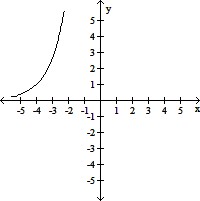
B. Domain: (-?, ?), range: (0, ?)
Horizontal asymptote: y = 0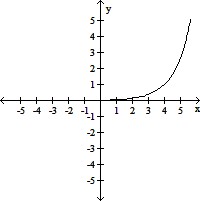
C. Domain: (-?, ?), range: (-4, ?)
Horizontal asymptote: y = -4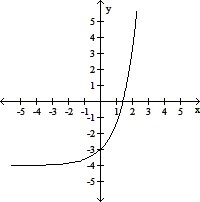
D. Domain: (-?, ?), range: (0, ?)
Horizontal asymptote: y = 0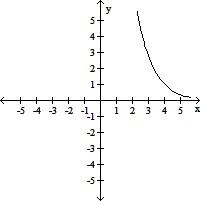
Solve the problem.The chart represents the amount of fuel consumed by a machine used in manufacturing. The machine is turned on at the beginning of the day, takes a certain amount of time to reach its full power (the point at which it uses the most fuel per hour), runs for a certain number of hours, and is shut off at the end of the work day. The fuel usage per hour of the machine is represented by a periodic function. What is the period in hours of this function?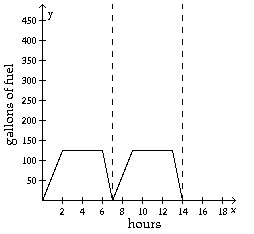
A. Period = 7 hours B. Period = 125 hours C. Period = 4 hours D. Period = 14 hours
Polar coordinates of a point are given. Use a graphing utility to find the rectangular coordinates of the point to two decimal places.
A. (2.46, -0.43) B. (-0.43, -2.46) C. (-2.46, -0.43) D. (-0.43, 2.46)